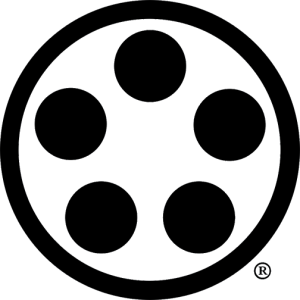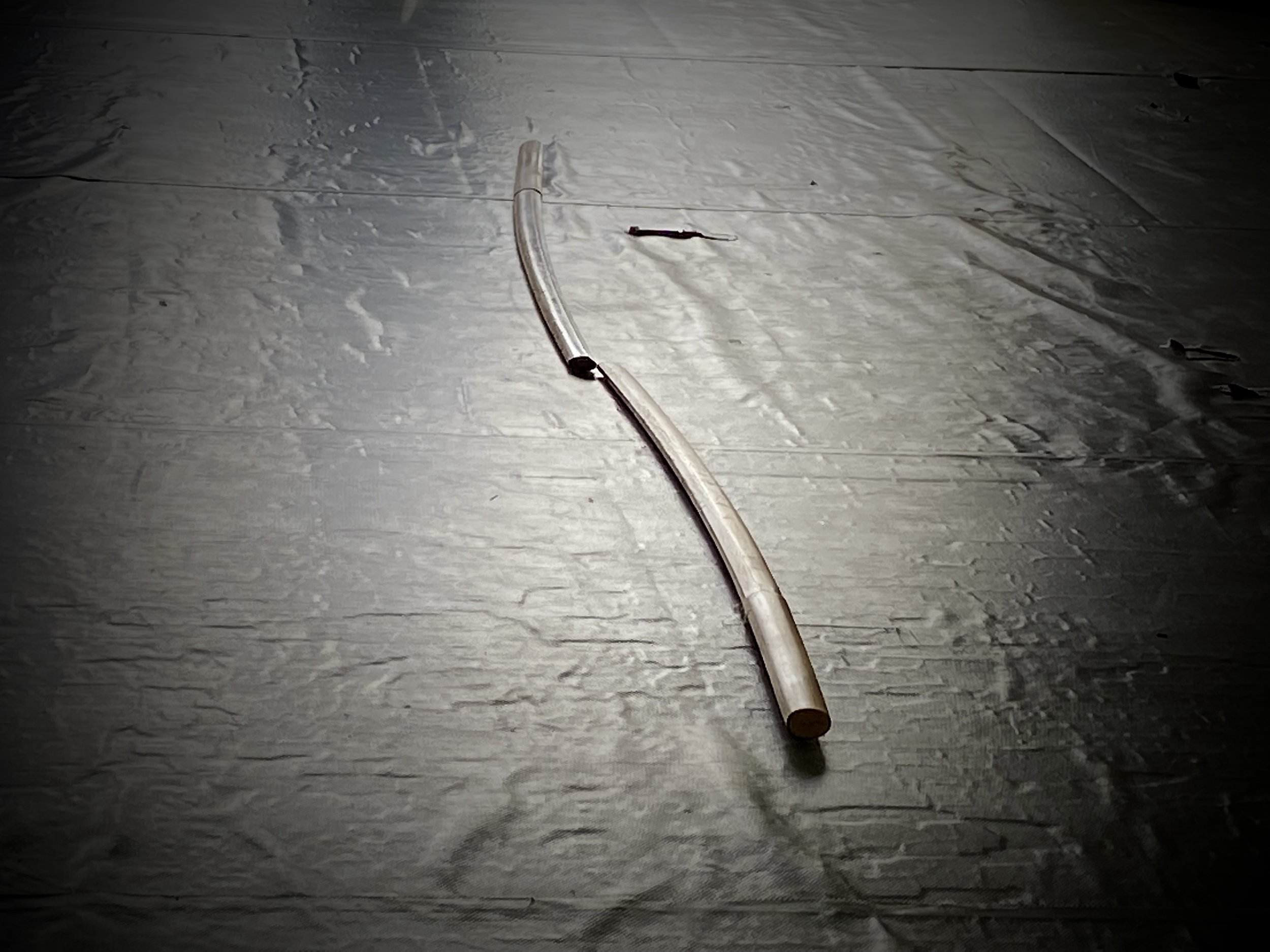Essence (A review of the 2023 intensive.)
I began my Budō journey in 2003. In twenty years, the 2023 Summer Intensive at Hōshin Dōjō was the first time I put aside a whole week to immerse myself in the teachings of our Budō.
Before the Intensive, I committed to the week because it was the “right thing to do.” As the Intensive came to a close I was challenged to explain why I made the investment. Why did I sacrifice time with my family, use my vacation hours, and put other important activities on hold for this opportunity?
Every man and woman who has experienced our traditions has felt something penetrating and timeless. It is not something easily described. It is not a technique or a kata, but an essence. “It is not what we do, but the manner in which we do it.” There is an essence that permeates each of our traditions. Experiencing that essence connects one to a timeless past and future and fills a deep-seated demand of the human psyche. If evening keiko during the week is a taste of essence, then a Taikai is a nice full meal. This intensive, however, was a week-long bath in the essence of the Ryū.
Essence itself is not easy to pinpoint. For example, how could one describe the essence of a grape? It sounds simple to pick up a grape and say, “This fruit is a grape. Eat it and you will know the essence. There is nothing more to experience.” The crisp, juicy crunch of a fresh grape on a hot summer day is the quintessential grape, but we also know you can squeeze the grape and leave the juice in a barrel where, after some time, the grape becomes a fragrant wine that pairs with a nice meal. While the aroma of the wine and the flavors on the palette are also unique to the grape, they are not the candy-sweet, concentrated flesh of a raisin. So where is the essence of the grape: fruit, wine, or raisin? The essence of the grape is at the intersection, that indescribable place where fruit, wine, and raisin coexist.
For six days we explored aspects of each ryū, beginning at 8 am with Zen keiko, and then taking two hours each for Itto-Tenshin ryū, Yamate-ryū, and Goseki-ryū. We finished in the evening and enjoyed a home-cooked meal, a cigar, and each other’s company. Each ryū has a different flavor, but the combination brought us closer to the essence of what we do than any keiko I have had to date.
The morning Zen keiko was exceptional and, to my knowledge, the first formal instruction of this type in our tradition in three decades. Via breathing, mental exercises, and physical movement we explored the universal constant of awareness and observed our attention as it shifted and changed within the field of awareness. Zen exercises are, in our tradition, fundamental to developing the mind as a discerning weapon. It was an exceptional gift to receive this type of instruction formally. The setting of Hōshin dōjō, with its scenic views, variety of bird calls, and the occasional patter of rain was especially poignant.
In another first for our tradition, Goseki-ryū Aiki Heihō was openly taught. The word “pure” was used to describe Goseki-ryū. Pure because in the absence of rank, seniority, and expectations we were all students, all beginners, and all free to experiment and let the waza provide the instruction. No secrets were withheld, and I personally had multiple insights during this keiko.
Yamate-ryū holds a special place in my heart because of the uncanny combination of extraordinary sensitivity with ruthless brutality. Aiki-jutsu is frequently misunderstood as unarmed combat. Our tradition, however, assumes everyone is armed with at least a knife, so we began our training with the tanto. The Yamate-ryū is unique amoung the Aiki based arts because it contains a set of kata collectively called the gokyō. These kata are essential exercises in the development of Aiki, and we deconstructed and uncovered the deeper teachings in a few of these. We received fantastic instruction on the use of a jo to defeat a sword, and devoted many hours to the unique techniques and pins contained in our other inherited teachings, the soden.
A recurring theme of each session was ensuring that the opponent’s hips pass you. Convincing the opponent to move their hips past you requires a masterful sensitivity and awareness of balance. This was quite challenging, yet we all left keiko slightly better than we started.
Itto-Tenshin ryū began with a wonderful exploration into two of our kumitachi (one of which specifically has no name) in the context of In and Yo. In another session, we explored the meaning of our oral teaching, “Victory is found under the sword.” We had excellent instruction both on a set of shoto kumitachi and on selections from our set of 108 kumitachi that teach hyoshi (timing). These sessions culminated with the the kumitachi Enzo, which is a vehicle for developing the spiritual and mental underpinnings of victory and defeat.
There was heat, there was rain, there were rattlesnakes and spiders. There was the struggle for control and the visceral brutality of a shoto shoved in the gut. There was kote-gaeshi as easy as pie. Our breath was laser-focused, and our awareness extended beyond the horizon. After a week-long bath in our traditions, I can say with certainty that those of us who made the investment experienced that indescribable place at the intersection of fruit, wine, and raisin.
The End.


